Feeding San Diego Continues to Expand School Pantry Program Past a Record 62 Schools as New School Year Begins
After adding 21 additional schools last year, the hunger-relief nonprofit is ramping up efforts to address child hunger by providing free, nutritious groceries directly on school campuses
Feeding San Diego, the region’s only Feeding America partner food bank, is calling on the community to help sustain and expand its growing School Pantry Program at the start of the 2025-26 school year. After adding an additional 21 school pantries to the program last school year, it is now operating at 62 schools across San Diego County. The non-profit is delivering nutritious groceries directly to students and families starting this month during back-to-school season, as high inflation continues to impact kids living in low-income households. With schools continuing to approach the non-profit to be part of the program, it’s clear that there is an urgent need for support with basic needs on school campuses across the county.
“Following a pandemic-driven reset of the program, we’ve been overwhelmed by the steady stream of school administrators reaching out to Feeding San Diego—either to revive their school pantries or to launch new ones after learning about the program’s impact. Their proactive engagement speaks to the growing recognition that access to nutritious food is essential to students’ well-being and academic success,” said Ali Colbran, senior director of development at Feeding San Diego. “We’re profoundly grateful to the generous supporters who have committed to funding these pantries, whether for a single year or multiple years, ensuring that families can rely on a safe, trusted source of nourishment right on campus. To continue to grow, we need additional donors to step up and support the program.”
The School Pantry Program is a proven, longstanding hunger-relief program that provides nutritious food to students and their families on school campuses at no cost to them. In addition to the 62 schools, there is a waitlist of 58 schools who are waiting to join the program, representing thousands of households who need support bringing meals home. The non-profit projects that with its current operating budget, only eight additional schools will be taken off the waitlist this year. According to Feeding America, San Diego County has just over 100,000 children who are currently experiencing hunger. By the end of this month, the School Pantry Program will be providing food to about 13,175 households monthly, potentially reaching just over 13% of that population.
The School Pantry Program brings nutritious food directly to where families with children already gather—their local schools. By providing free, fresh produce and pantry staples, the program helps close the financial gap for families and ensure kids have the healthy food they need to thrive for nights and weekends at home. Typically held twice a month and managed by school staff and parent volunteers, these pantries transform school spaces into welcoming food distribution hubs. Parents can easily pick up a variety of nutritious ingredients during pick up or drop off, empowering them to create wholesome meals at home that support their children’s growth and development. The program currently reaches as far north as Oceanside and as far south as Otay Mesa. It also serves rural communities like Boulevard in the Mountain Empire and Pauma Valley near Palomar Mountain.
Schools can apply to be a part of the program and are evaluated based on strict criteria, including the percentage of students enrolled that are eligible to receive free or reduced-price meals. At least 50% of the student body must qualify for the school to be eligible for the School Pantry Program. The non-profit also analyzes existing food distributions in the schools’ zip codes to determine if additional food assistance is needed in each area. In addition, the non-profit consults a dashboard created by Data Science Alliance that pulls in data from the US Census Bureau, US Bureau of Labor Statistics, Feeding San Diego, and California Longitudinal Pupil Achievement Data System (CALPADS).
The program is projected to distribute around 4.2 million pounds of food in low-income neighborhoods this fiscal year, and notably over 60% of that food will be produce. School pantry food distributions include fresh produce in addition to non-perishable pantry staples like beans, oats, and canned protein.









